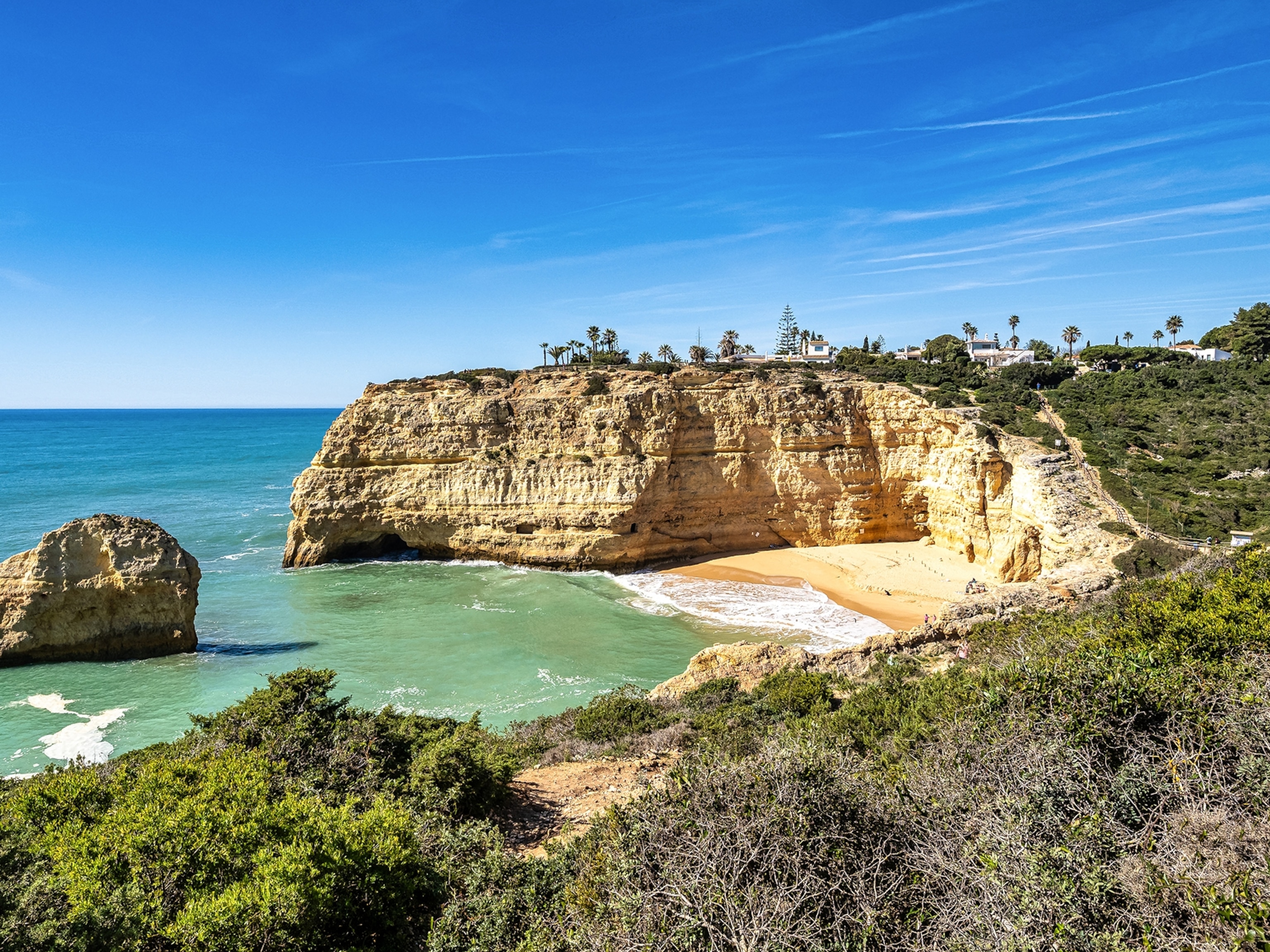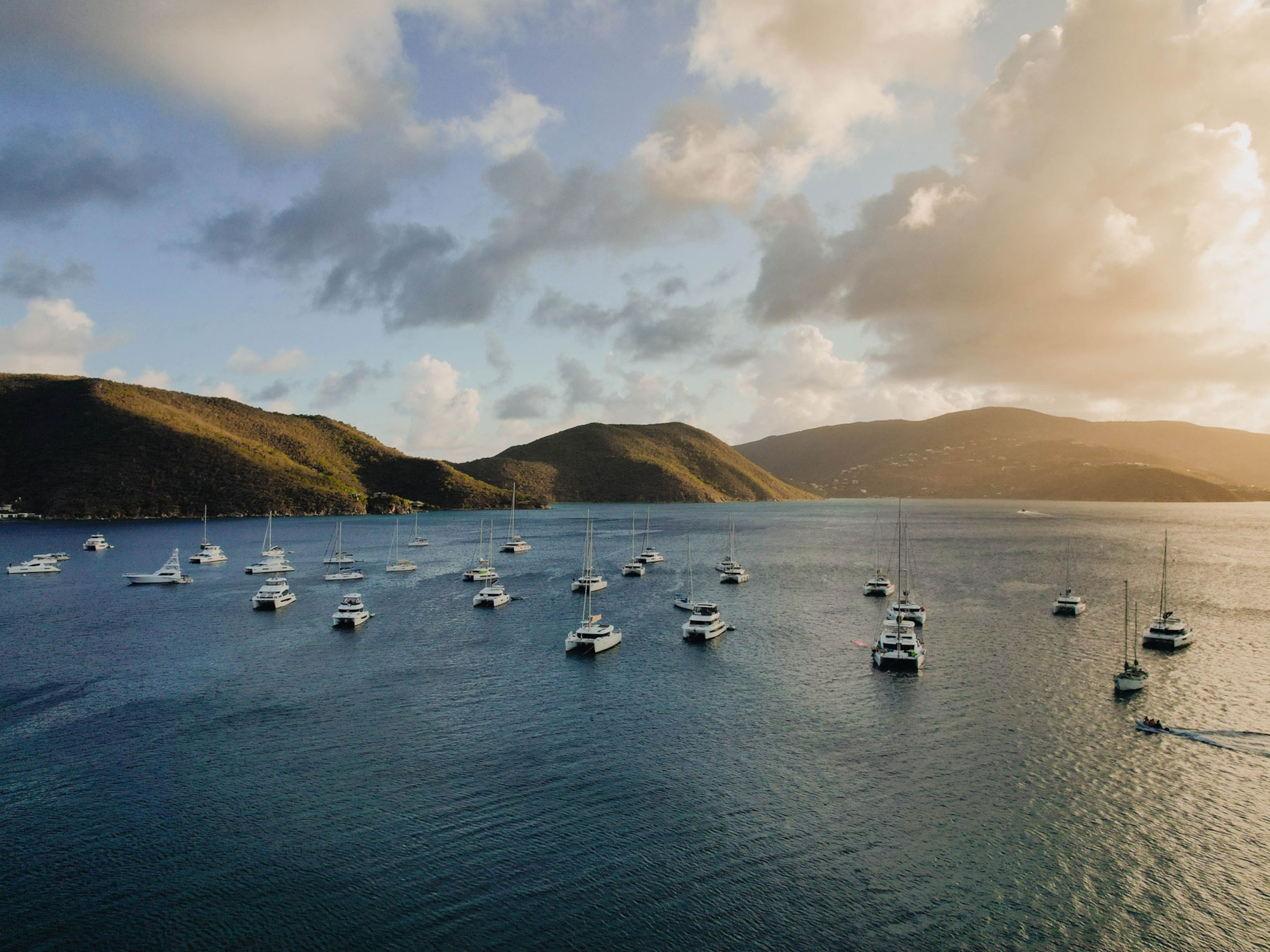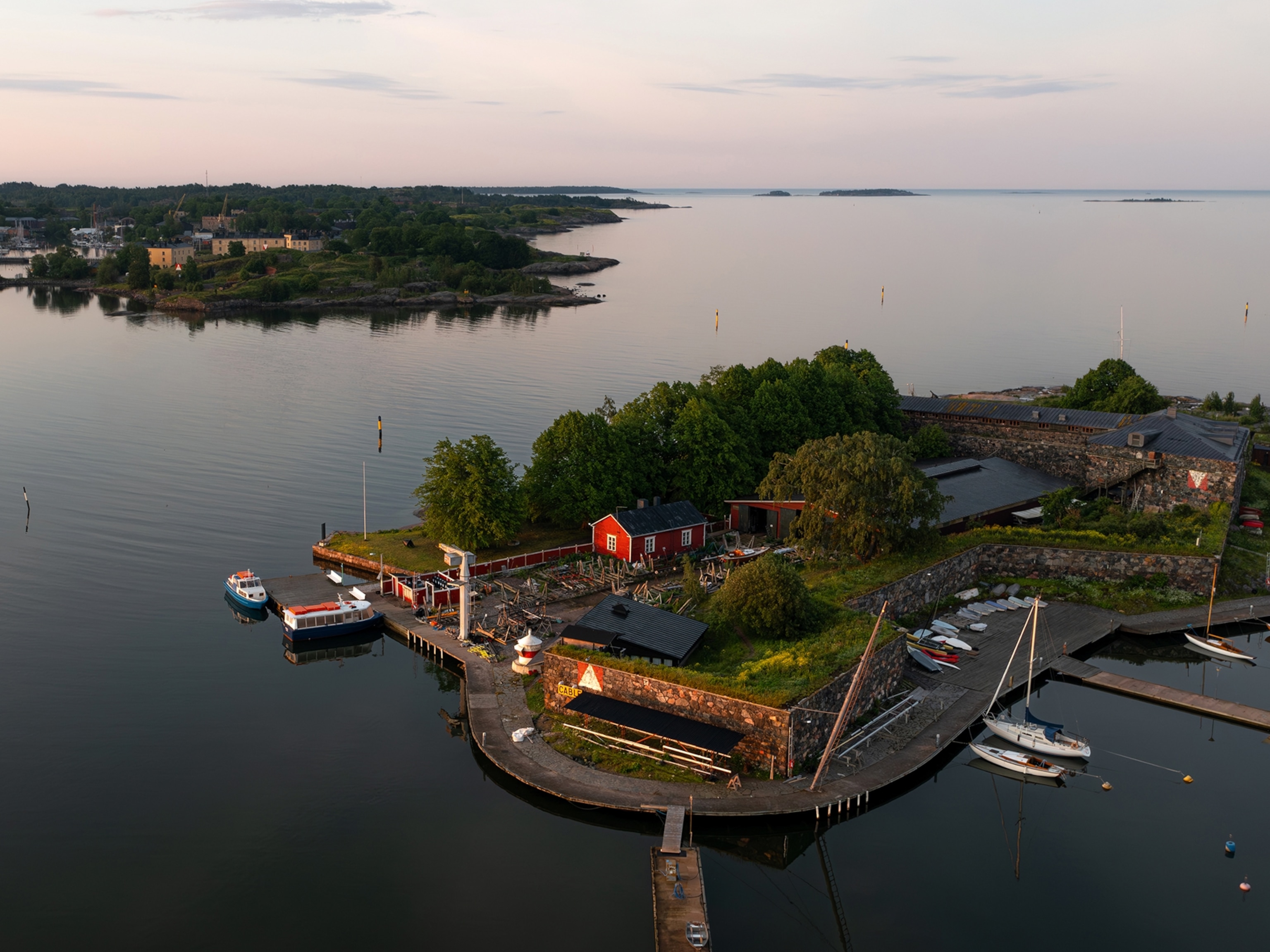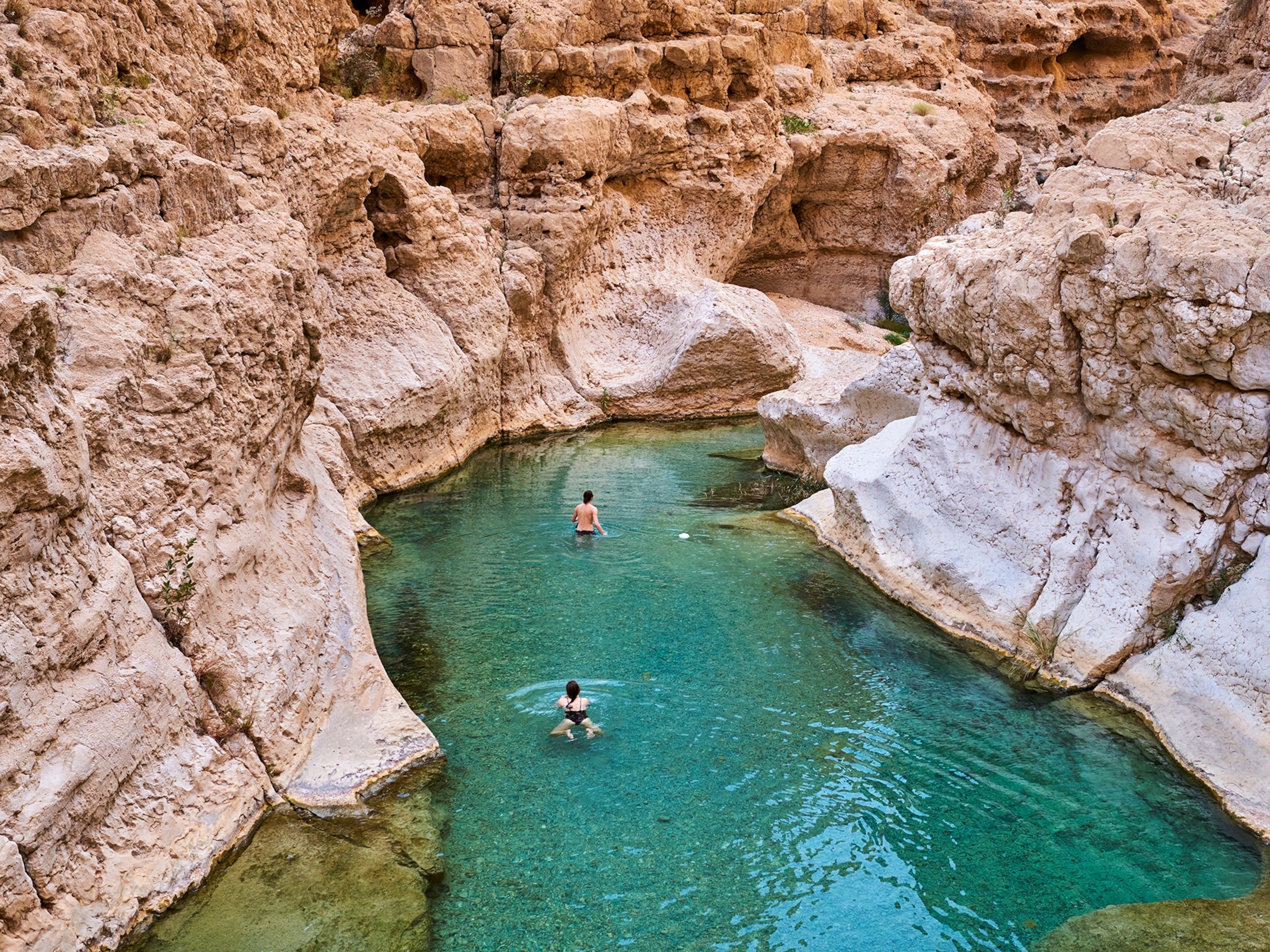
Swimmers Question Diana Nyad's Cuba-to-Florida Feat
Some demand more details about the record-setting open-water marathon swim.
Diana Nyad has captured the public's imagination with her epic swim from Cuba to Florida—but some of her fellow long-distance swimmers are skeptical.
The online Marathon Swimmers Forum and social media have been ablaze this week with the comments of swimmers questioning one of the sport's seemingly greatest feats: Nyad's claim to be the first person to swim the entire 110 miles, unaided, from Havana to Key West.
Open-water marathon swimming was born in August 1875, when British shipping captain Matthew Webb plunged into the English Channel at Dover and started breaststroking eastward. He pawed through thickets of jellyfish and swirling currents, and after 21 hours and 45 minutes, he landed at Calais, France. He accomplished what many had thought impossible, becoming the first man to power himself unaided across the busy shipping lane.
English Channel Rules
Webb's feat, replicated by more than 1,000 people since, is honored today by a set of standards—referred to simply as "English Channel rules"—that have come to govern most swims of ten miles or more in the small and quirky sport.
According to these rules, swimmers should not wear or use anything that will aid their speed, buoyancy, heat retention, or endurance. That means no wetsuits, no fins, no sleeves. Swim caps can be latex or silicone, but not neoprene, which boosts warmth.
Above all, swimmers must have no physical contact with their boat or any person, other than moments when food and drink is shared. Clinging to a boat means automatic disqualification.
Channel purists have dismissed Nyad's attire—she wore a protective suit to ward off jellyfish stings. Others booed the streamer, attached to a boat, that she followed. Many were turned off by the lack of an outside, unbiased observer.
Under the English Channel rules, swimmers who want to be recognized for a successful crossing must have onboard an independent observer who marks their progress and records the course. (Most channel swimming associations require this.) Those notes create a record that not only provides proof of a swimmer's success, but also guides other swimmers on the best routes and the best tides, so that they too may cross successfully.
"Because it's a solitary sport and not watched live by many people, it's important to record notes and take down documentation so when people ask the question, 'did you actually do this,' you have evidence,'' said Evan Morrison, an accomplished channel swimmer from San Francisco and creator of the Marathon Swimmers Forum.
Demand for Data
Critics have knocked Nyad for withholding a detailed account of each of her nearly 53 hours in the ocean, information that would include her speed, the number of strokes, her feeding schedule, and her Global Positioning System coordinates—standard data recorded by observers that would bolster her claim.
"If she's accomplished what she's claiming to accomplish … I wonder why she wouldn't take the extra steps to make sure people believe it was actually true," Morrison said.
The lack of information is particularly irksome to some swimmers because Nyad's team has produced a steady stream of pictures and blog posts for publicity, but not the specifics that her fellow sportsmen crave. "I'm skeptical if she swam every stroke of that 110 miles,'' said Mo Siegel of Piermont, New York, who just completed a 20-mile crossing of Cape Cod Bay. "I'd love to be proved wrong."
Several swimmers point out a curious 7.5-hour stretch when it appears that Nyad did not eat or drink. Her crew reported that she was cold and didn't want to stop. Some swimmers said it's doubtful that after swimming 38 hours, Nyad could endure more than 7 without refueling. "Is it possible she rested on the boat and she's not telling us?" Morrison said.
(Related: "Diana Nyad Record: How Does the Body Endure Long Swims?")
Still more have questioned the speed of the 64-year-old Nyad, who has told interviewers in the past that her swimming speed is less than two miles an hour. There are hours on Nyad's blog culled by Morrison that she's doing just that, toddling along at 1.5 miles per hour. But for more than nine hours on September 1, Nyad's team reported that she traveled more than three miles an hour—at one point, almost four.
"If she swam three miles averaging three miles per hour, I'd like to see a tide chart that shows that it's possible,'' said David Barra, a New York state swimmer and creator of the 8 Bridges Hudson River Swim.
"I'm not saying it's impossible. We've all seen strong currents rip swimmers places quickly, but I didn't see it in the satellite images or the real-time flow charts." Barra said the boat pilot should share his log.
Nyad's team is not commenting, her public relations firm said.
Why It Matters
On the Marathon Swimmers Forum, Andrew Malinak, a Seattle long-distance swimmer, suggested that the group recalculate Nyad's route and speed and see if they could "get any, some, all, or none of her numbers to work out … At the end we'll either have some solid evidence with which to declare fraud, or we'll have the inner workings of an amazing feat of navigation." Using Google Earth and some assumptions, he decided that "her feat seems plausible based on some basic math."
That's ultimately the goal, the swimmers say. They're not trying to discredit Nyad, but to improve their sport and glean the best way to conquer the water. After all, the Florida Strait is a passage that, like the English Channel, was once believed to be uncrossable.
"For those of us who live by this, breathe by it, [and] study currents [to] try to model swims [by] calculating their speed, their tides, and the current and wind direction, this is a big deal,'' Barra said. "This information matters, and not only do we want to know for the purpose of recognizing this swim, we want to know for the purpose of other people who want to make an attempt at this swim, who want to repeat this."
(Also see "Greatest Swims: Five Epic Swims in the Wake of Nyad's Feat.")







